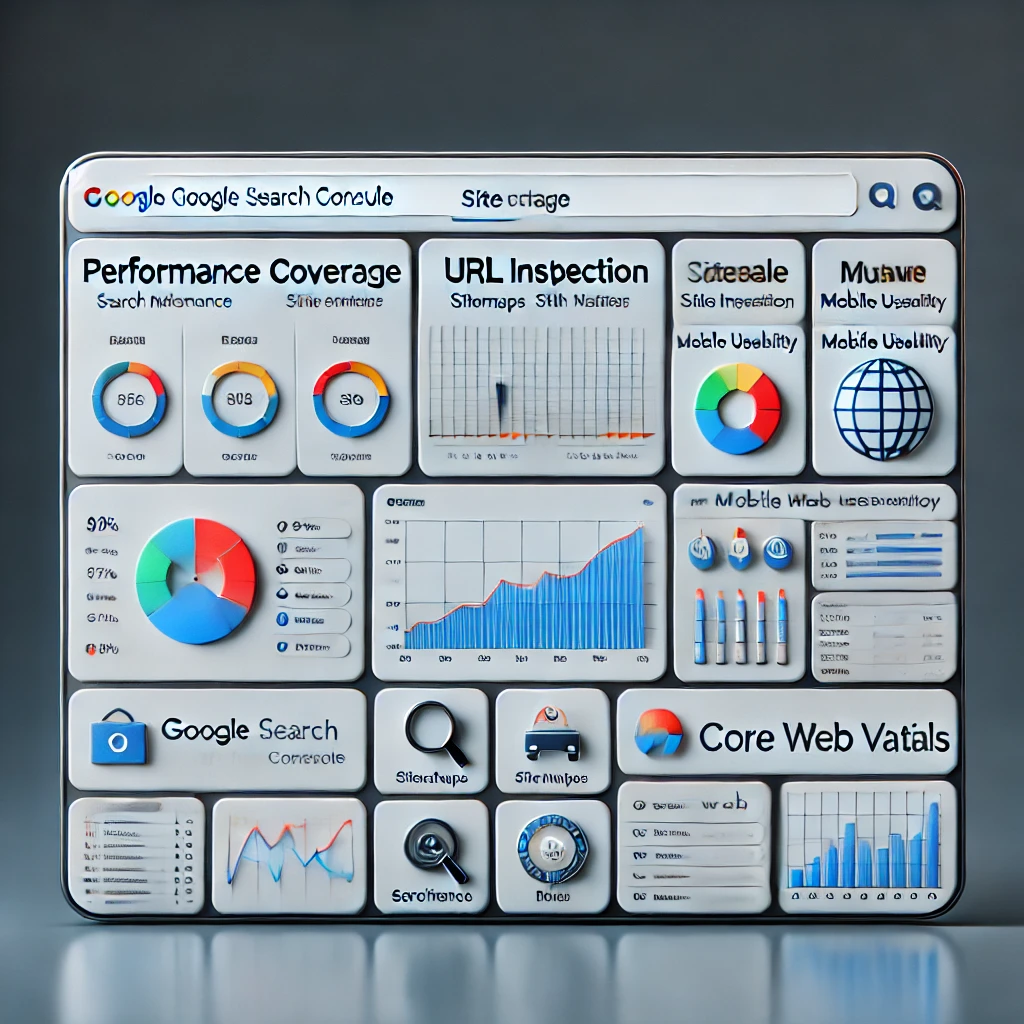In the digital age, where inboxes are inundated with marketing emails, personalization has become a powerful tool to capture attention and drive engagement. Personalization goes beyond merely addressing recipients by their first name; it involves tailoring the entire email experience to the recipient’s preferences, behaviors, and needs. This article delves into why personalization matters, how it can make your emails stand out, and the actionable strategies you can implement to achieve personalization effectively.
Why Personalization Matters
Personalized emails outperform generic ones in almost every metric. According to industry research, personalized emails deliver higher open rates, click-through rates, and conversion rates. They create a sense of relevance and connection, which fosters trust and loyalty.
- Improved Customer Experience: When recipients feel understood and valued, they are more likely to engage with your brand.
- Higher Engagement Rates: Personalized content resonates more with recipients, leading to increased engagement.
- Better ROI: Targeted and relevant emails drive more conversions, making your email marketing campaigns more cost-effective.
- Stronger Relationships: Personalization builds a stronger connection between the brand and the audience, fostering long-term loyalty.
Key Elements of Email Personalization
To make your emails truly stand out, it’s essential to leverage different aspects of personalization:
- Dynamic Content: Use dynamic elements in your emails, such as images, product recommendations, or offers, that change based on the recipient’s data.
- Segmentation: Group your audience into segments based on demographics, behavior, or preferences to send more targeted messages.
- Behavioral Triggers: Send emails based on specific actions taken by the recipient, such as abandoning a cart or downloading a resource.
- Time Optimization: Send emails at the time recipients are most likely to engage based on their past behavior.
- Geo-Targeting: Personalize content based on the recipient’s location, such as local events, weather, or offers.
Strategies for Effective Email Personalization
- Leverage Data Analytics Data is the backbone of personalization. Use analytics tools to gather and interpret customer data, such as browsing history, purchase behavior, and email engagement metrics. The more you know about your audience, the more relevant your emails can be.
- Build Comprehensive Customer Profiles Use customer relationship management (CRM) software to build detailed profiles for each subscriber. Include data like purchase history, preferences, and past interactions to create a 360-degree view of your audience.
- Craft Engaging Subject Lines The subject line is the first thing recipients see. Personalize it with the recipient’s name, location, or a reference to their recent activity to increase open rates. For example:
- “Hi [Name], here’s a deal just for you!”
- “[Name], don’t miss out on your favorite items in [City]!”
- Use Behavioral Triggers Behavioral triggers allow you to send automated emails based on user actions. Examples include:
- Welcome emails for new subscribers.
- Reminder emails for abandoned carts.
- Follow-up emails after a purchase, asking for feedback or suggesting related products.
- Offer Tailored Recommendations Use data to recommend products or services that match the recipient’s interests. For example:
- “Based on your recent purchase, you might like these items.”
- “Here’s what’s trending in your area.”
- Incorporate User-Generated Content (UGC) Personalize your emails by featuring reviews, testimonials, or photos from customers. Highlighting real user experiences makes your emails more relatable and trustworthy.
- A/B Testing Test different personalization strategies to identify what resonates best with your audience. Experiment with subject lines, content, and calls-to-action (CTAs) to optimize performance.
- Optimize for Mobile Devices A large percentage of emails are opened on mobile devices. Ensure your personalized emails are mobile-friendly by using responsive design and concise, compelling content.
Examples of Successful Email Personalization
- Spotify’s Year in Review: Spotify’s “Wrapped” campaign provides users with a personalized summary of their listening habits, including favorite artists, genres, and songs. This highly personalized approach not only delights users but also encourages them to share their results on social media.
- Amazon’s Product Recommendations: Amazon uses purchase history and browsing behavior to recommend products tailored to each user. These personalized emails drive repeat purchases and increase customer loyalty.
- Netflix’s Viewing Suggestions: Netflix sends personalized emails recommending shows and movies based on the user’s viewing history, keeping users engaged with the platform.
Challenges of Personalization
While personalization offers numerous benefits, it also comes with challenges:
- Data Privacy Concerns: Collecting and using customer data responsibly is critical to maintaining trust and complying with regulations like GDPR and CCPA.
- Data Accuracy: Inaccurate or outdated data can lead to irrelevant or incorrect personalization, which may harm your brand’s reputation.
- Scalability: Implementing personalization at scale can be resource-intensive, requiring advanced tools and expertise.
Tools for Email Personalization
Several tools can help you implement personalization effectively:
- Email Marketing Platforms: Platforms like Mailchimp, HubSpot, and ActiveCampaign offer robust personalization features.
- CRM Software: Tools like Salesforce and Zoho CRM help you manage customer data and create personalized campaigns.
- Data Analytics Tools: Google Analytics and similar tools provide insights into user behavior and preferences.
- AI-Powered Tools: Artificial intelligence tools like Phrasee and Persado can generate personalized subject lines and content.
Best Practices for Email Personalization
- Respect Privacy: Be transparent about how you collect and use customer data, and ensure compliance with data protection regulations.
- Keep It Relevant: Focus on personalization that adds value to the recipient’s experience rather than overwhelming them with unnecessary details.
- Test and Iterate: Continuously test and refine your personalization strategies to improve performance.
- Use Clear CTAs: Ensure your calls-to-action are personalized and aligned with the recipient’s interests.
Conclusion
Personalization is no longer a luxury in email marketing; it’s a necessity. By tailoring your emails to meet the unique needs and preferences of your audience, you can stand out in crowded inboxes, build stronger relationships, and drive better results. While personalization requires effort and investment, the rewards in terms of engagement, loyalty, and ROI make it a worthwhile strategy for any marketer.












